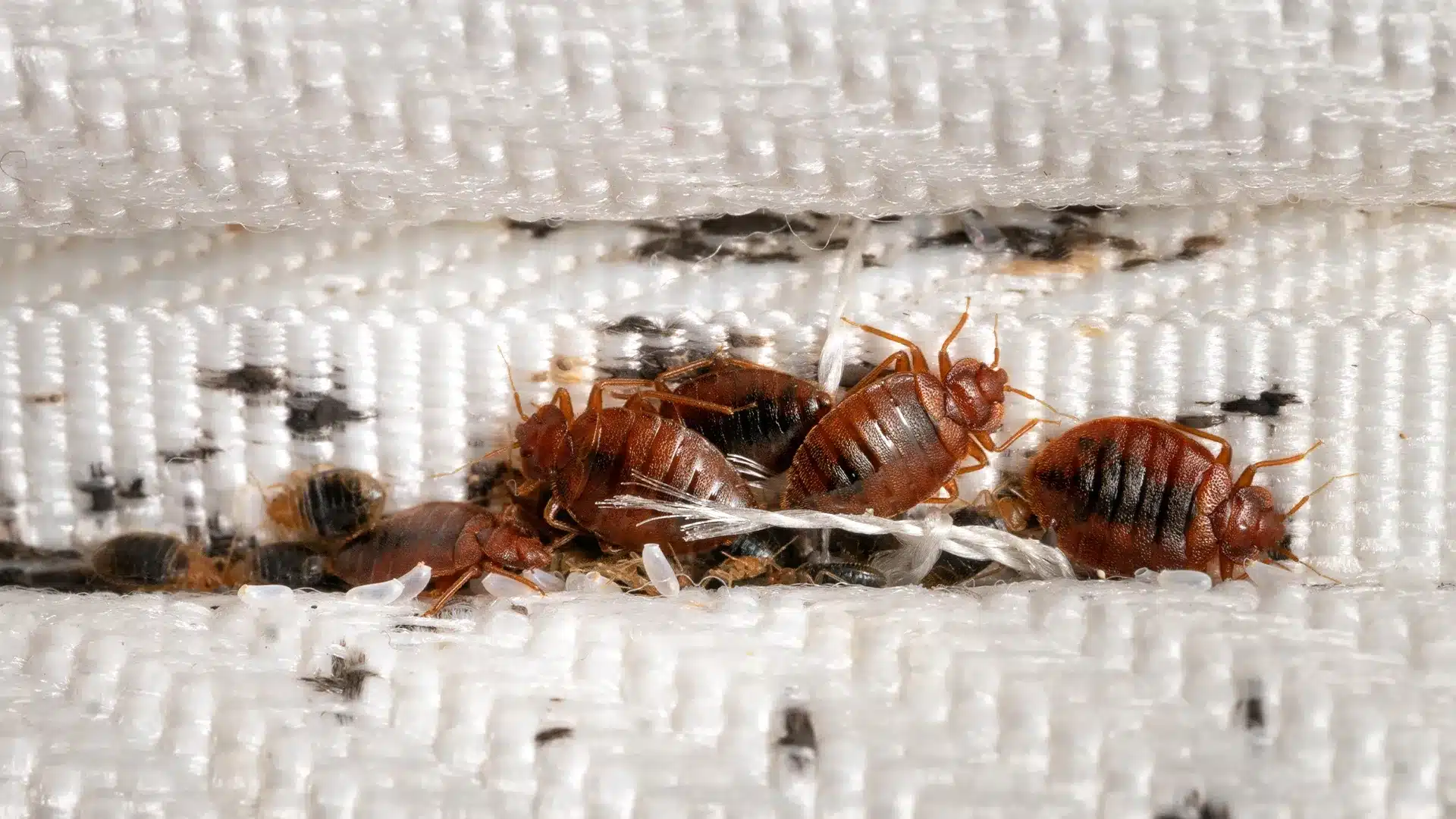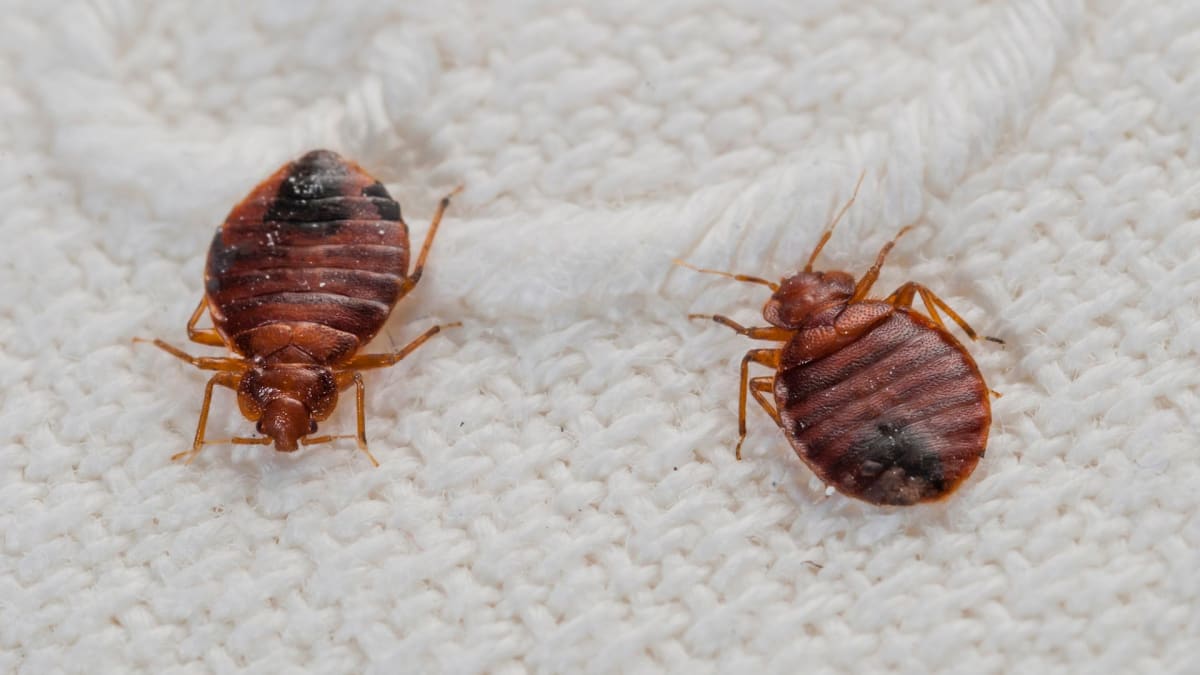Relied On DC Exterminator for Bed Bug Heat Treatment Near Me
Relied On DC Exterminator for Bed Bug Heat Treatment Near Me
Blog Article
Checking Out the Scientific Research Behind Bed Pest Warmth Treatments as a Sustainable Insect Monitoring Approach
One such method that has gotten grip in current years is the usage of warmth therapies to combat bed bug infestations. The complexities of exactly how warm successfully removes bed pests and the broader implications for sustainable pest administration methods make this a topic worth checking out additionally.
Bed Insect Warm Therapy Process

Thermal Fatality Point for Bed Bugs
Revealing bed bugs to raised temperatures past their thermal resistance variety is crucial for accomplishing reliable removal in warmth treatment procedures. The thermal death factor for bed bugs refers to the temperature level at which these insects can not endure. Research suggests that bed pests begin to perish when subjected to temperature levels above 113 ° F(45 ° C) for a sustained duration. As the temperature enhances, so does the death price of bed bugs. At around 118 ° F(48 ° C ), bed insects start to die rapidly, with a death price of nearly 99% within minutes of direct exposure. This shows the level of sensitivity of bed bugs to heats and highlights the performance of warmth treatments in eliminating problems. By getting to and maintaining temperatures above the thermal death point for bed pests, parasite management professionals can make sure thorough removal of bed pest populaces, including hard-to-reach areas where chemical treatments may be less effective. Comprehending the thermal fatality factor for bed insects is crucial for applying effective warmth therapy strategies and achieving sustainable pest management outcomes.
Advantages of Heat Treatments
Having actually established the important thermal fatality point for bed insects, it is imperative to now discover the substantial advantages that warm therapies supply in efficiently removing these resistant pests. One of the primary benefits is that warmth can pass through deep into fractures and gaps where bed bugs hide, making sure that also the most hard-to-reach locations are heated to lethal temperatures.
Moreover, warmth therapies are environmentally friendly and non-toxic, making them a sustainable bug management technique. Unlike chemical pesticides, warm treatments do not leave damaging deposits that can posture threats to human health or the environment. This aspect is especially essential in delicate atmospheres such as healthcare facilities, colleges, and houses where chemical use might not be preferable.
In addition, warmth therapies have a high success price in getting rid of bed insect invasions in a single treatment, reducing the need for multiple gos to and reducing disruption to occupants. This performance not just conserves money and time yet likewise supplies comfort to those dealing with bed pest troubles.
Efficiency of Heat Treatment

Heat therapies have actually the added benefit of killing bed bug eggs, which are usually immune to traditional chemical therapies. Overall, the performance of warmth treatments in eradicating bed pest infestations makes them a dependable and lasting pest monitoring technique.
Lasting Insect Management Perks
Applying lasting insect management practices supplies lasting benefits for both the environment and public wellness. By making use of techniques such as heat therapies for bug control, we can minimize the reliance on unsafe chemical pesticides that can have damaging impacts on communities and human health - exterminator. Lasting insect management methods assist in maintaining biodiversity pop over here by targeting certain insects without damaging non-target organisms, thereby preserving a balanced environment
Additionally, lasting bug management techniques add to the overall health and wellness and well-being of the public. By minimizing direct exposure to toxic chemicals made use of in conventional parasite control techniques, warmth treatments offer a safer option for pest administration in residential, industrial, and public rooms. This reduction in chemical usage additionally aids in stopping chemical deposits from polluting dirt, air, and water, protecting ecological top quality.
Conclusion
Finally, bed pest heat treatments have been revealed to be a reliable and sustainable bug monitoring strategy. The thermal death point for bed insects makes them at risk to heat treatments, which have various advantages over standard chemical therapies. The performance of warmth treatments in eliminating bed bug invasions while lessening ecological influence highlights the possibility of this approach as a lasting remedy for pest control.
The bed bug heat treatment process involves raising the temperature within infested areas to a level that successfully gets rid of bed insects and their Full Report eggs. By getting to and keeping temperature levels over the thermal fatality factor for bed insects, insect administration experts can guarantee extensive elimination of bed insect populations, including hard-to-reach locations where chemical therapies might be much less reliable. One of the main advantages is that heat can permeate deep into cracks and holes where bed insects hide, making sure that even the most hard-to-reach areas are heated up to lethal temperatures. Unlike chemical treatments that may leave behind resistant populaces, warmth therapies use a non-toxic and environmentally pleasant remedy that pop over to this site can pass through deep into furniture, wall surfaces, and other hard-to-reach areas where bed pests hide.
The thermal fatality factor for bed insects makes them vulnerable to warm treatments, which have countless benefits over conventional chemical therapies.
Report this page